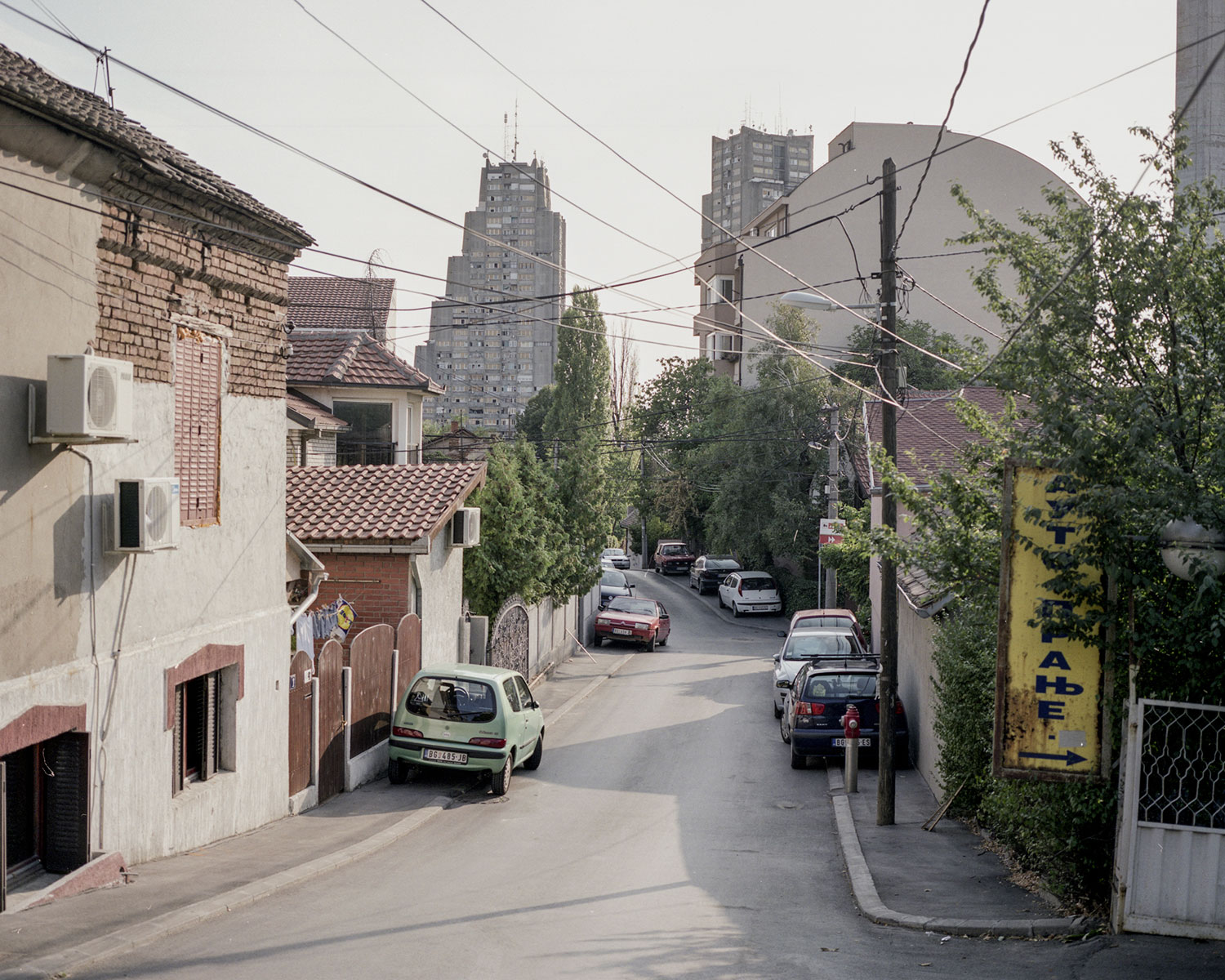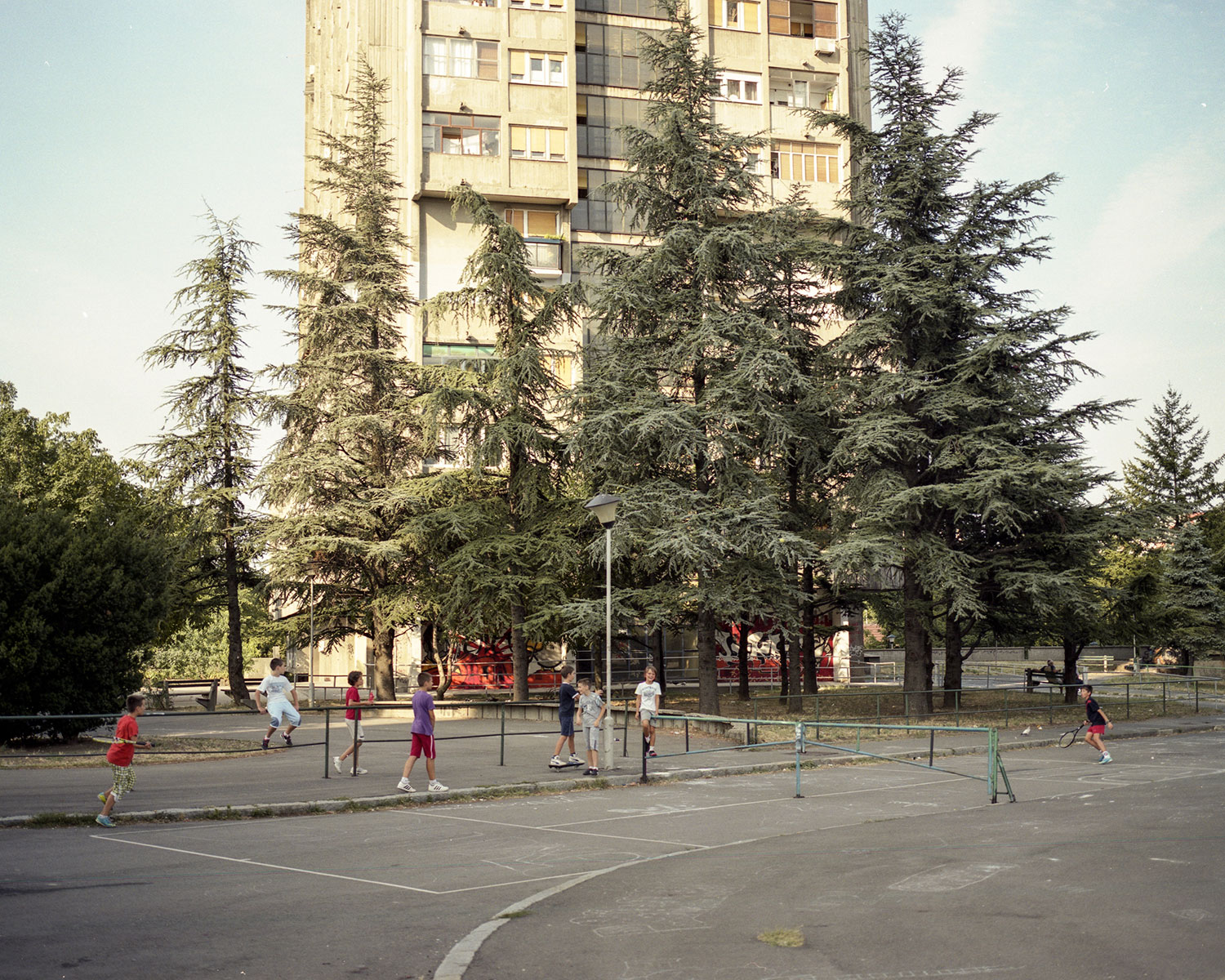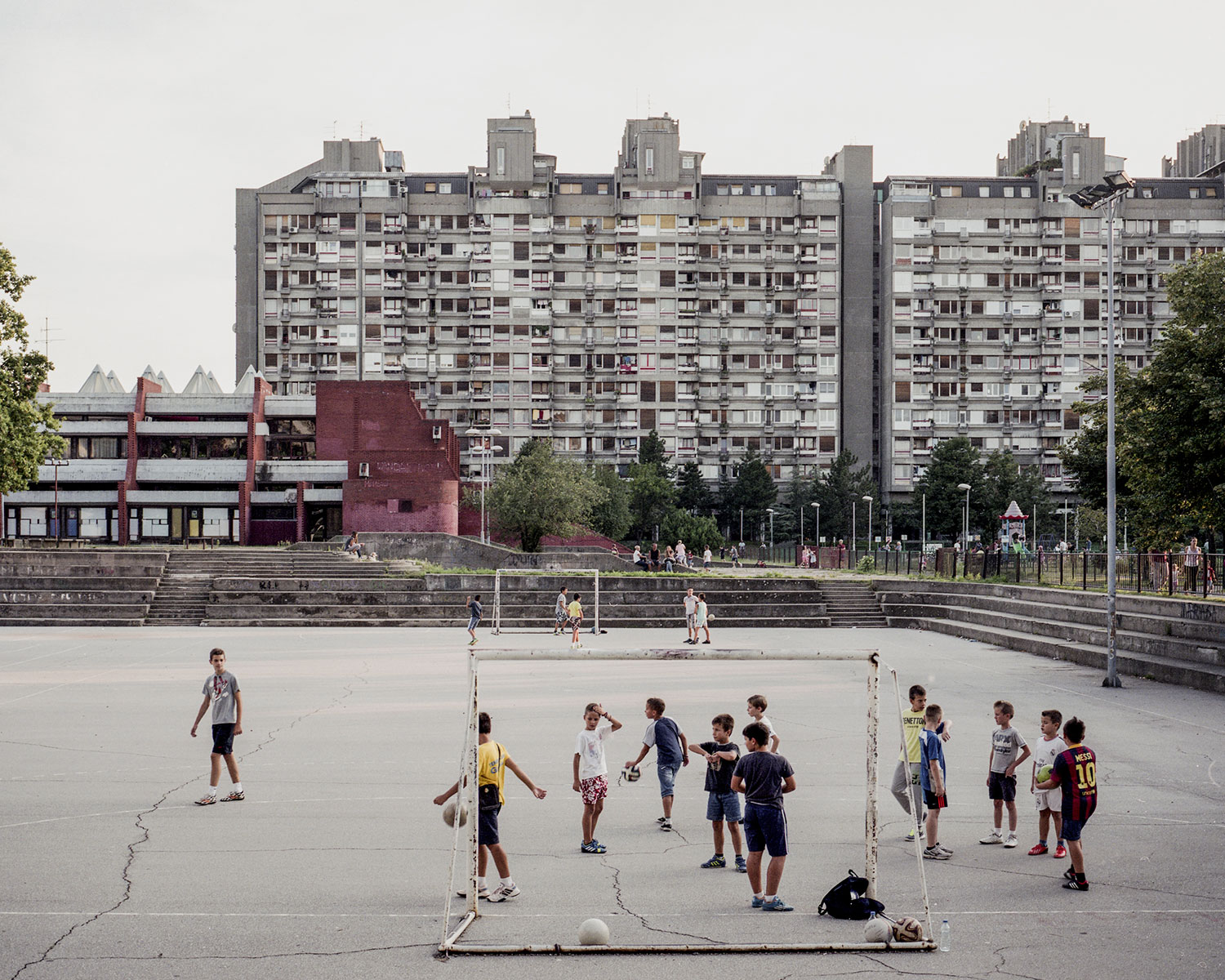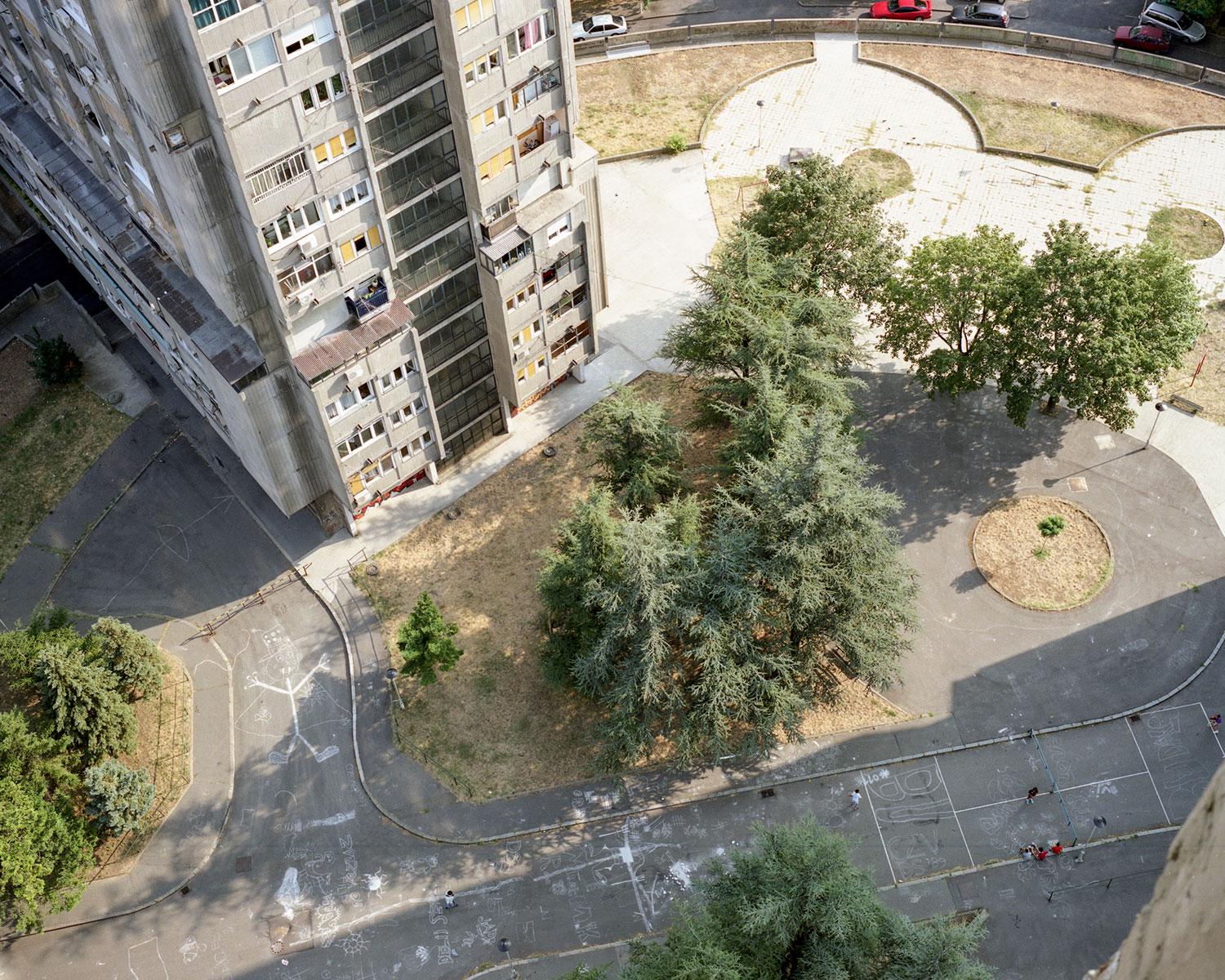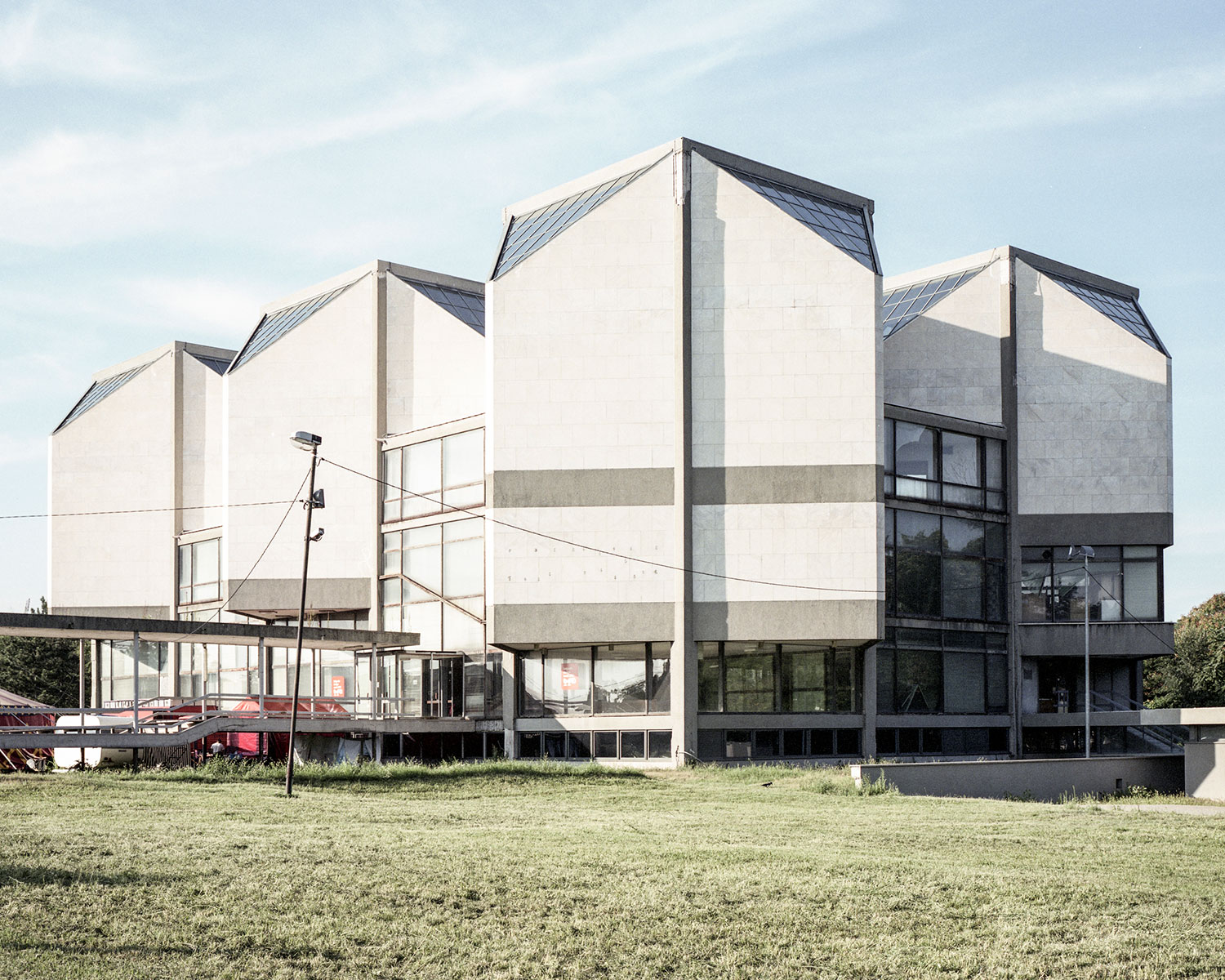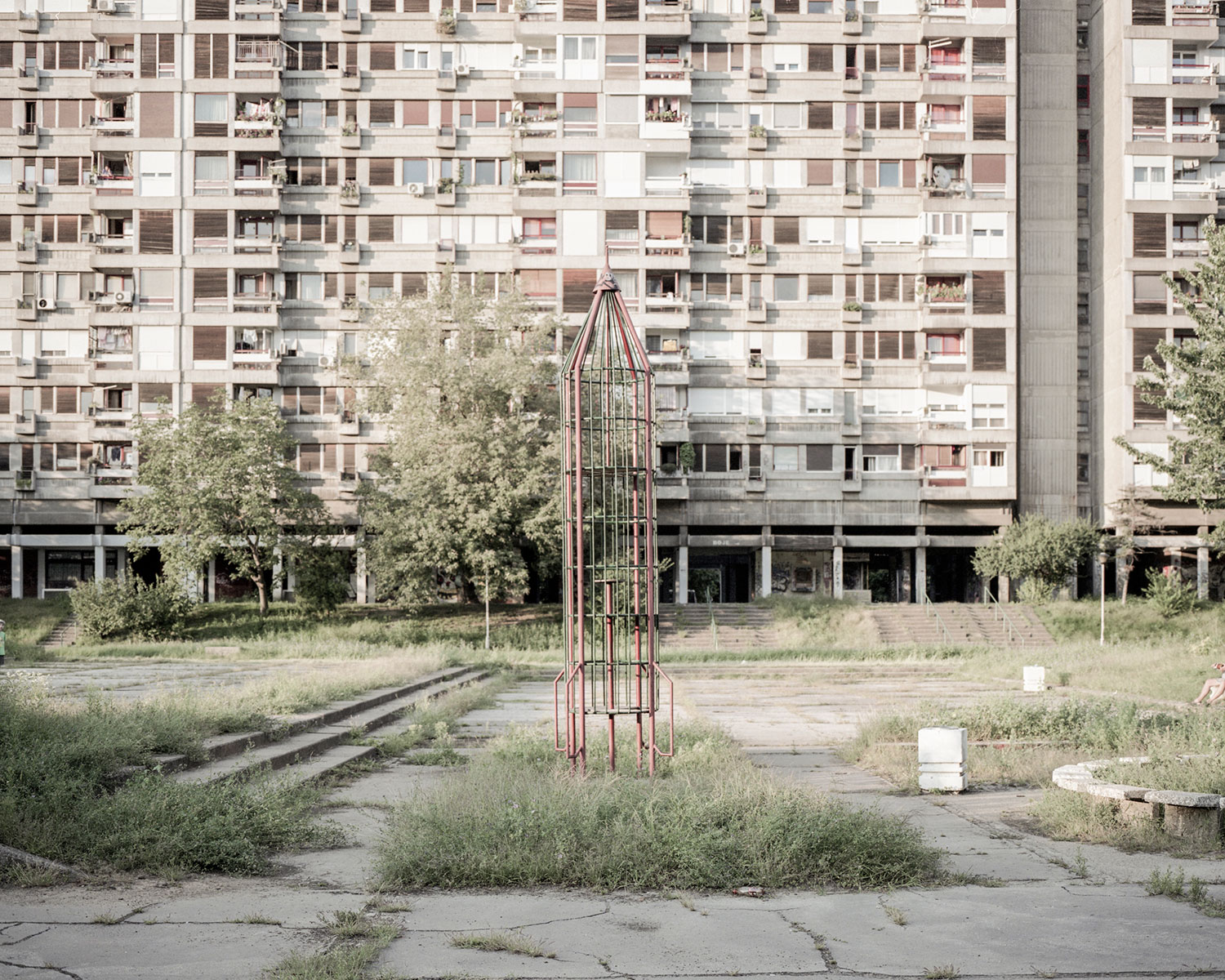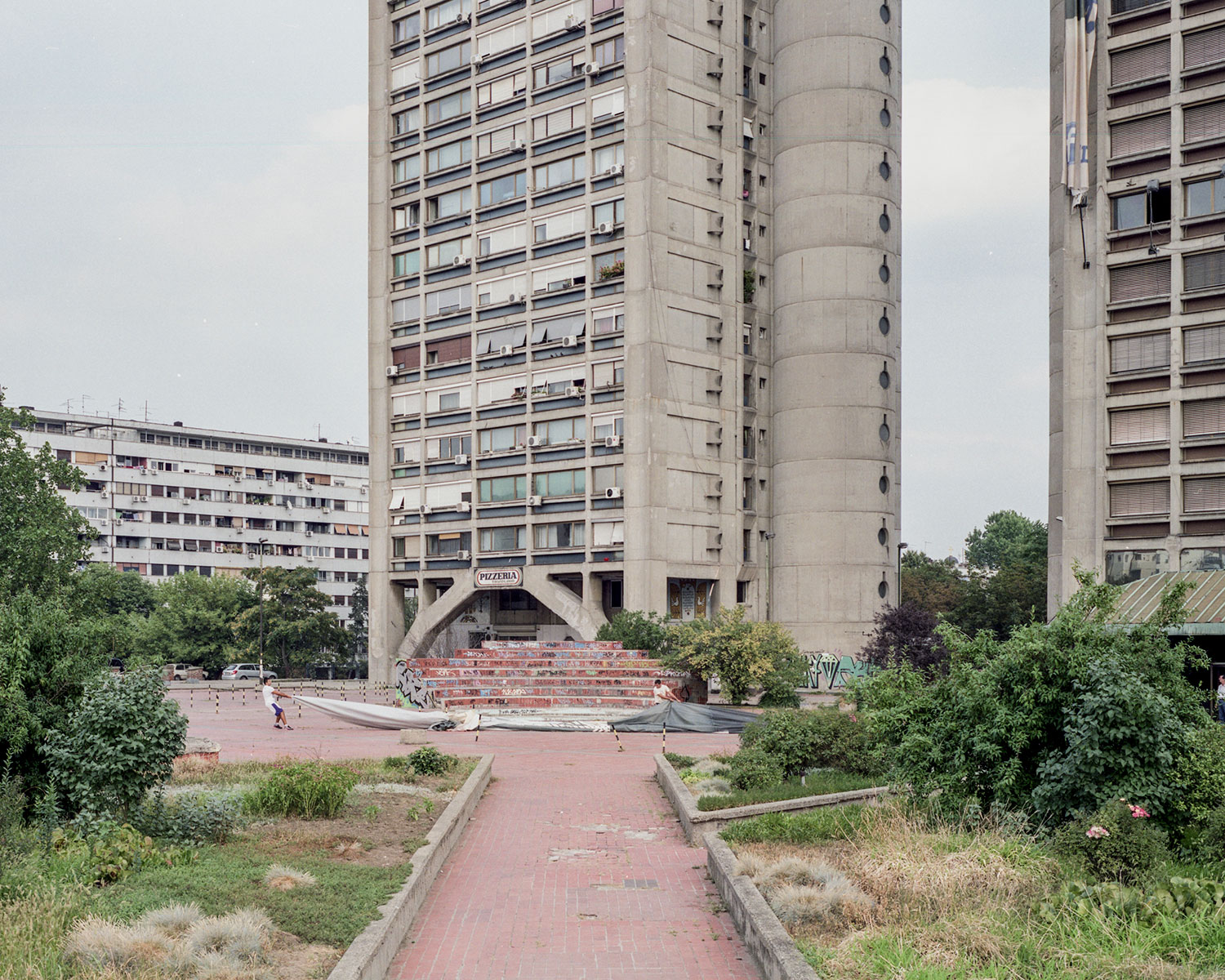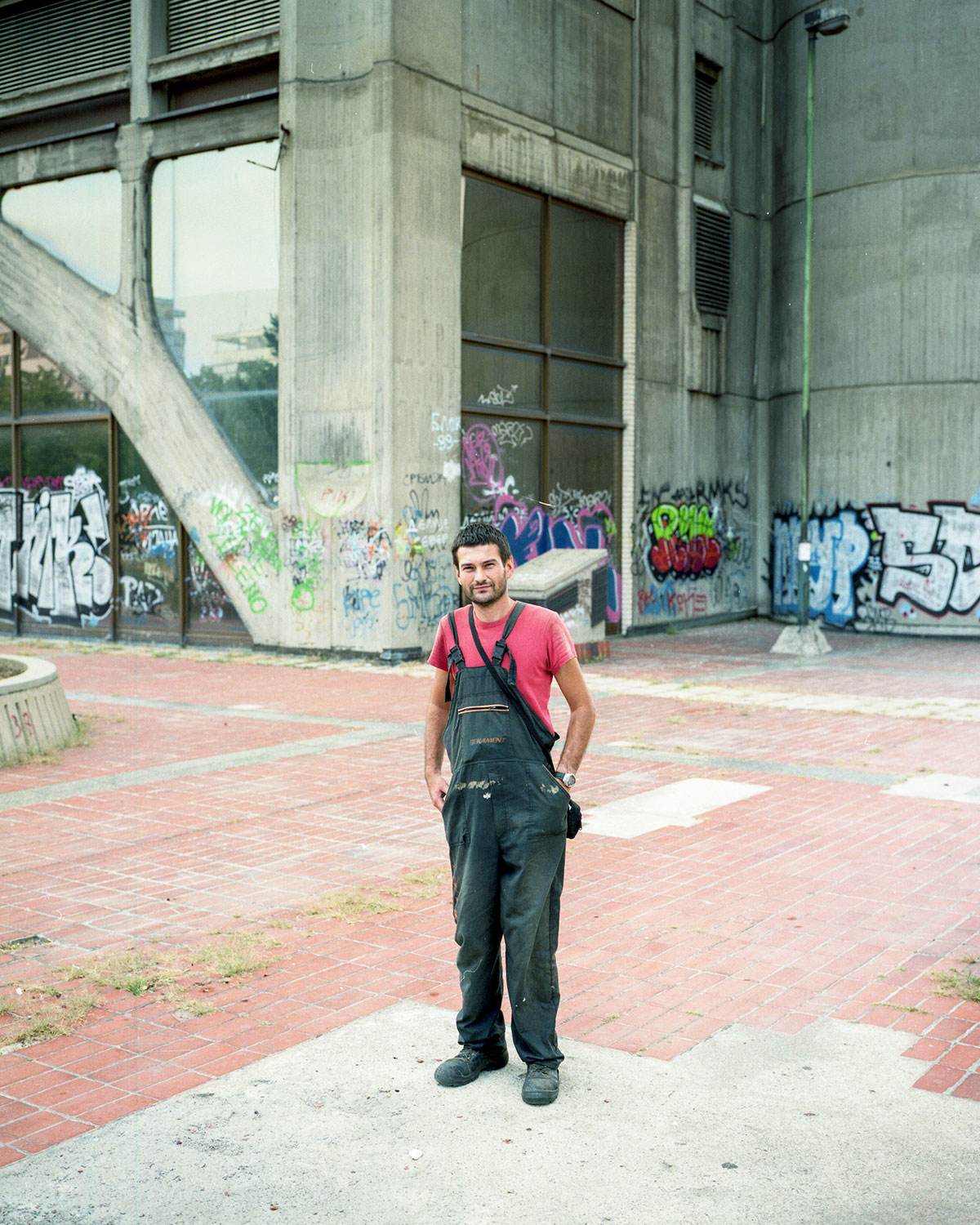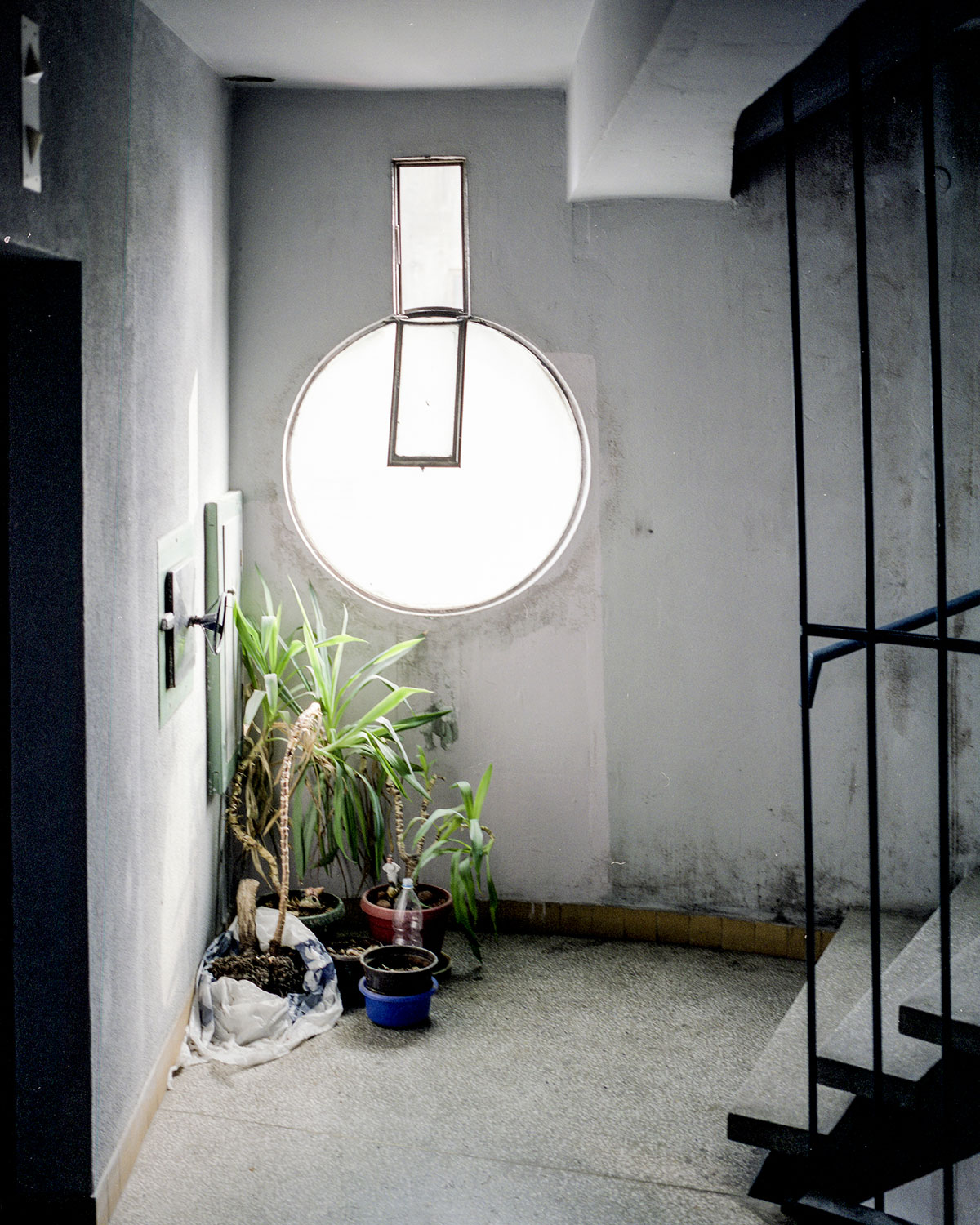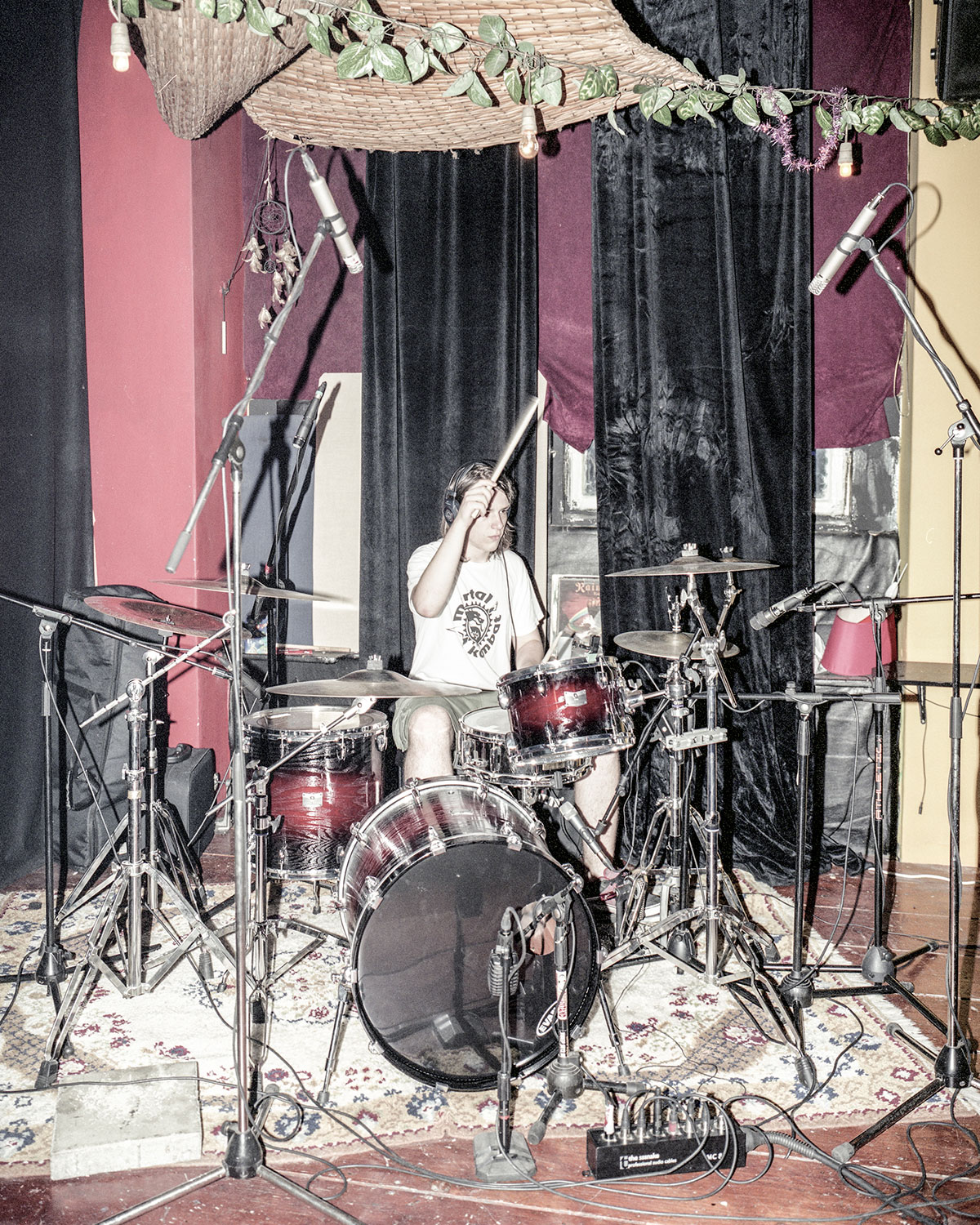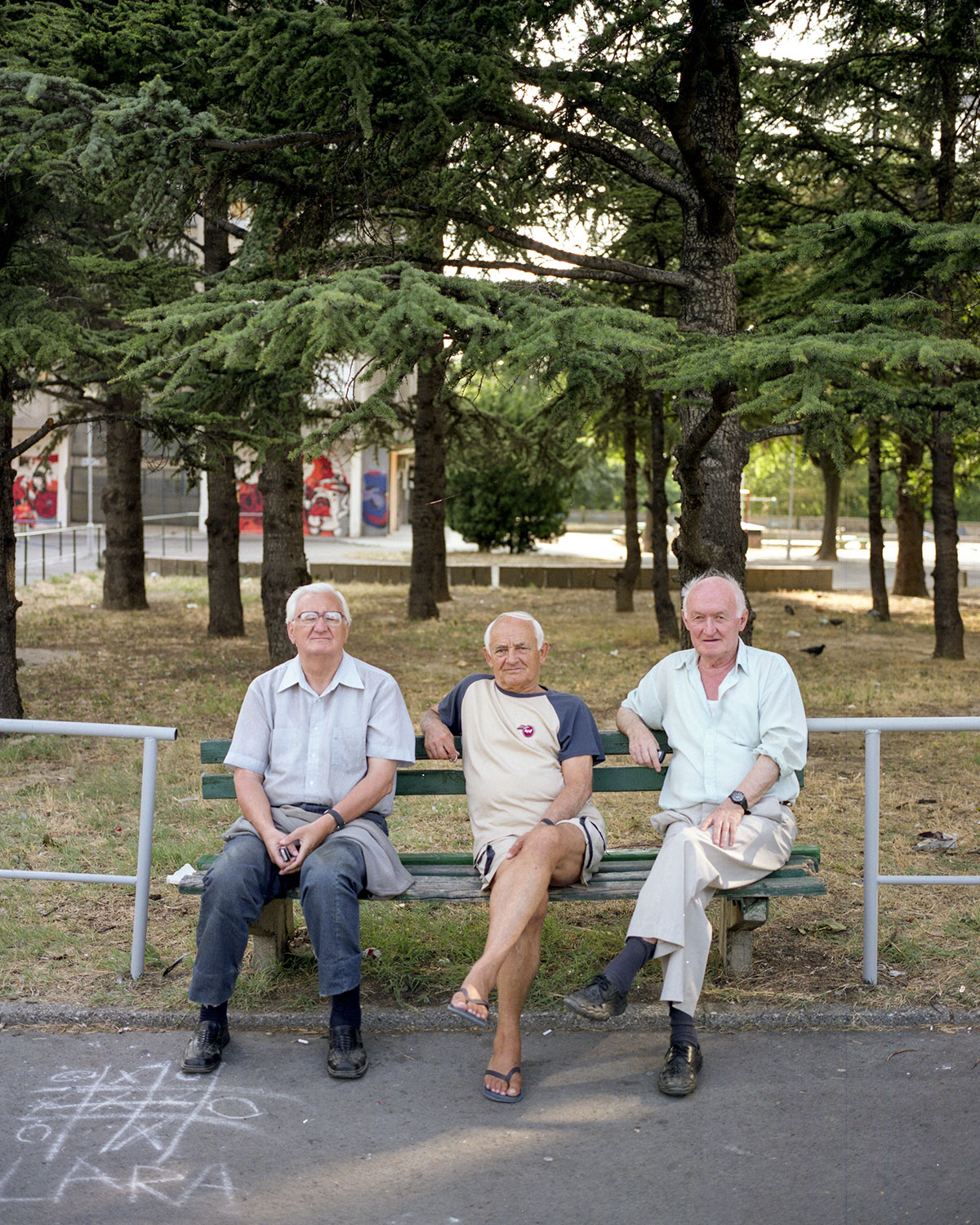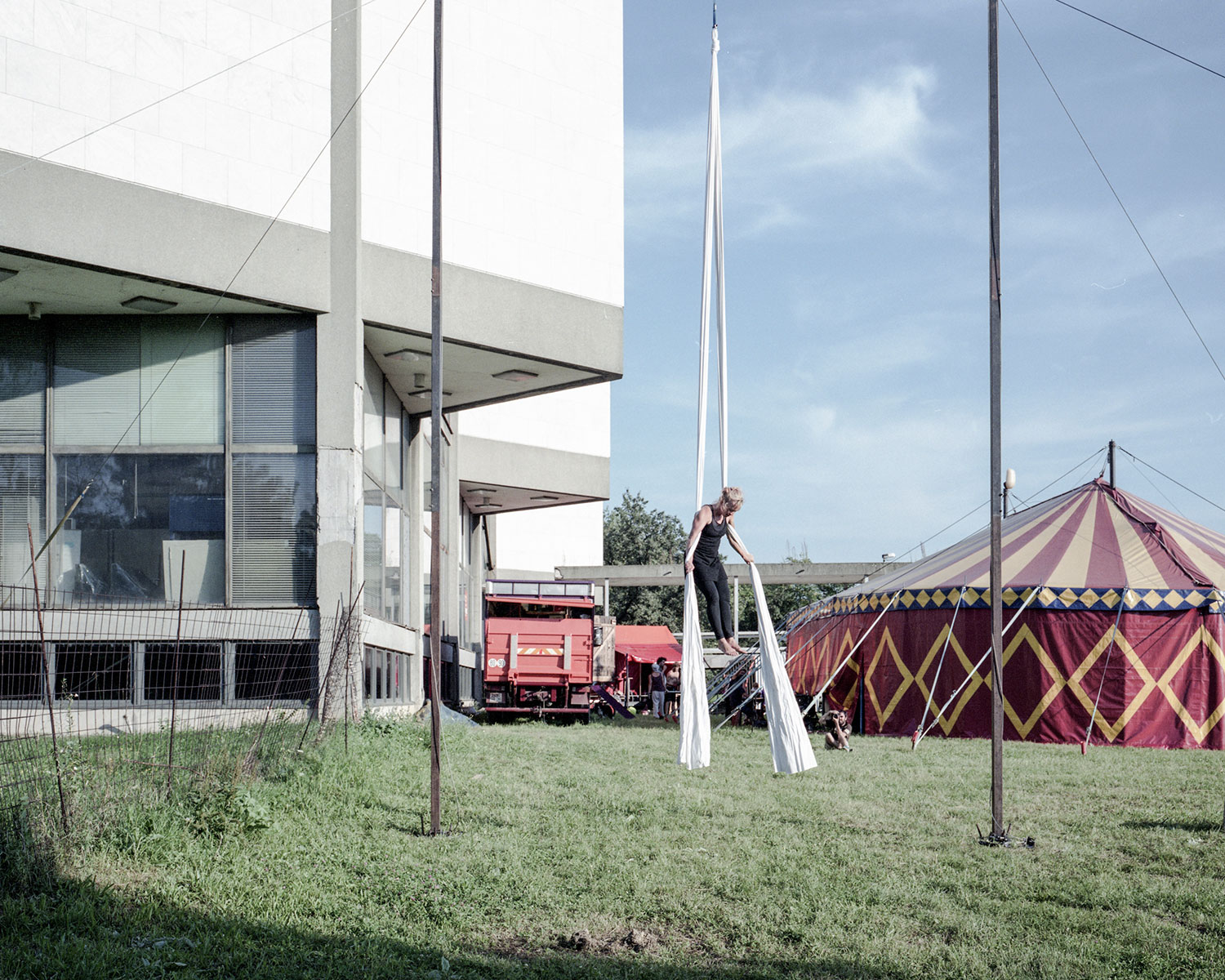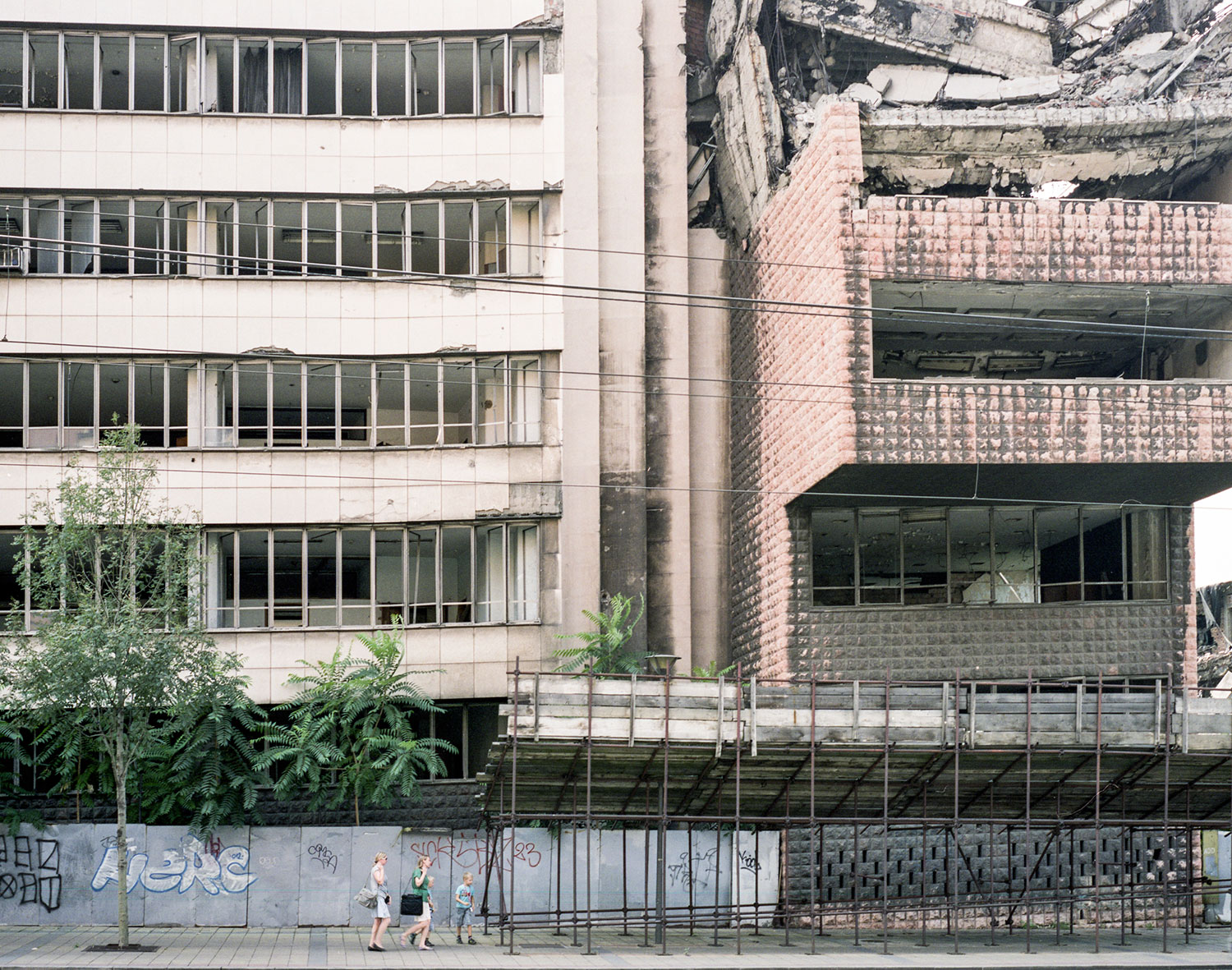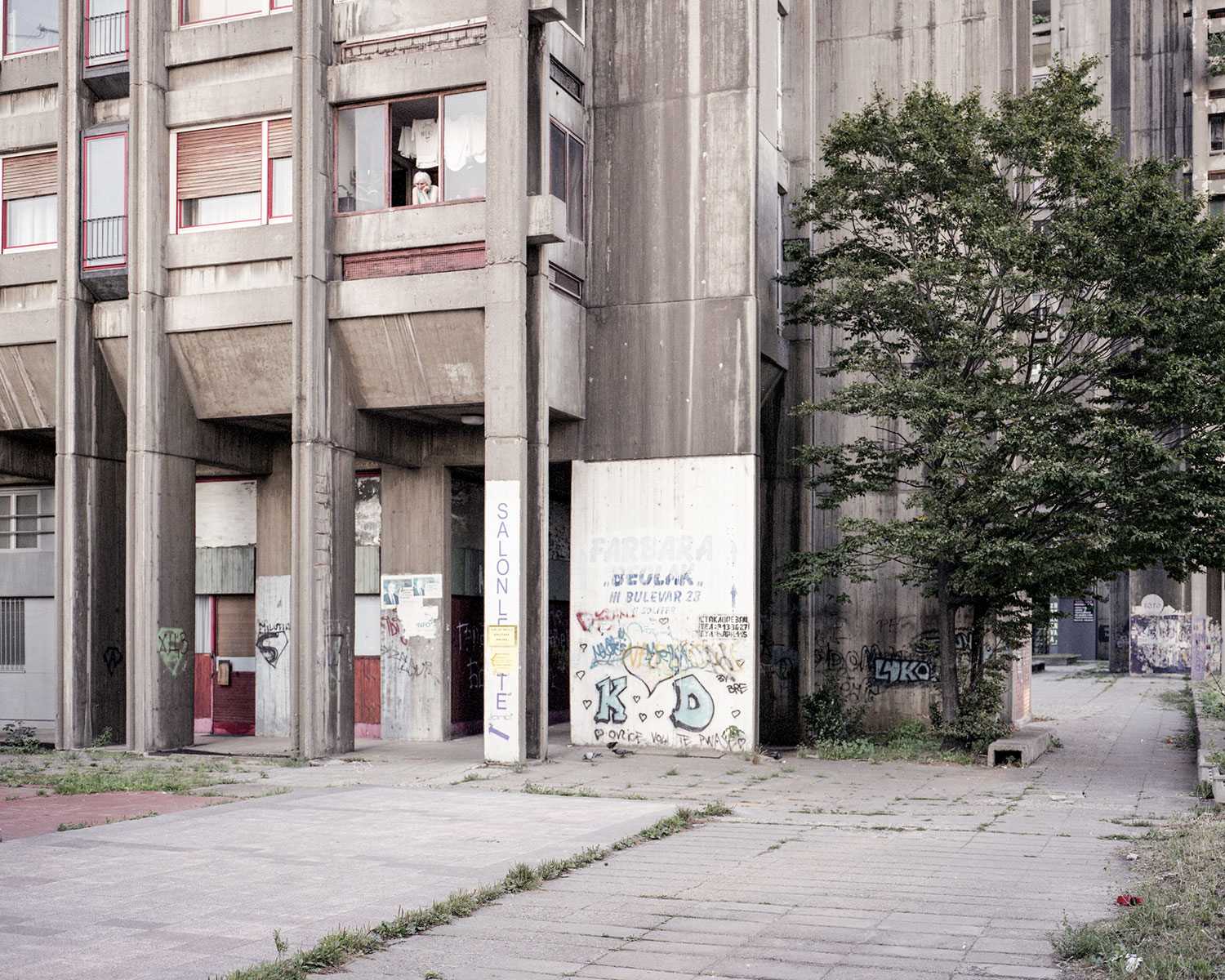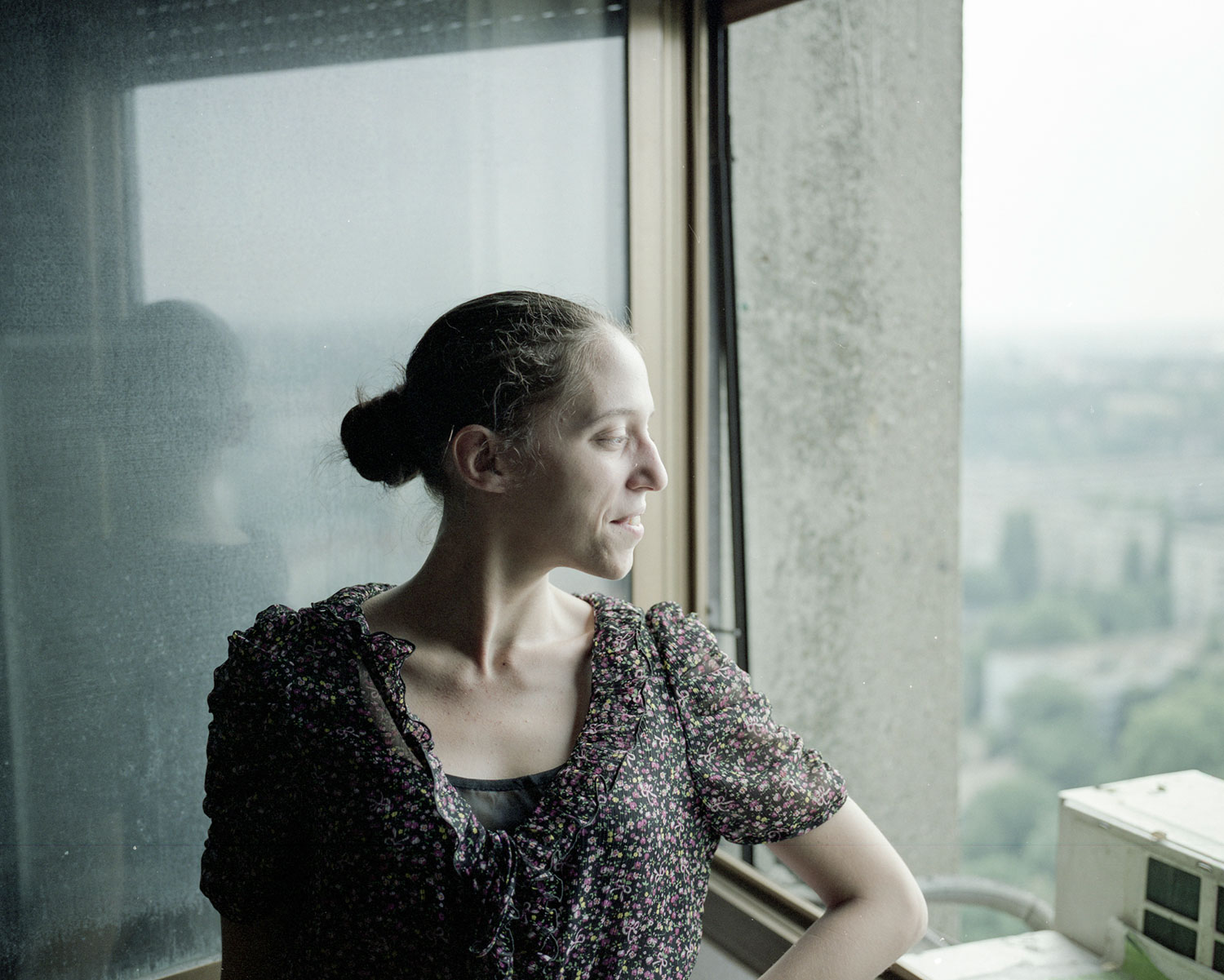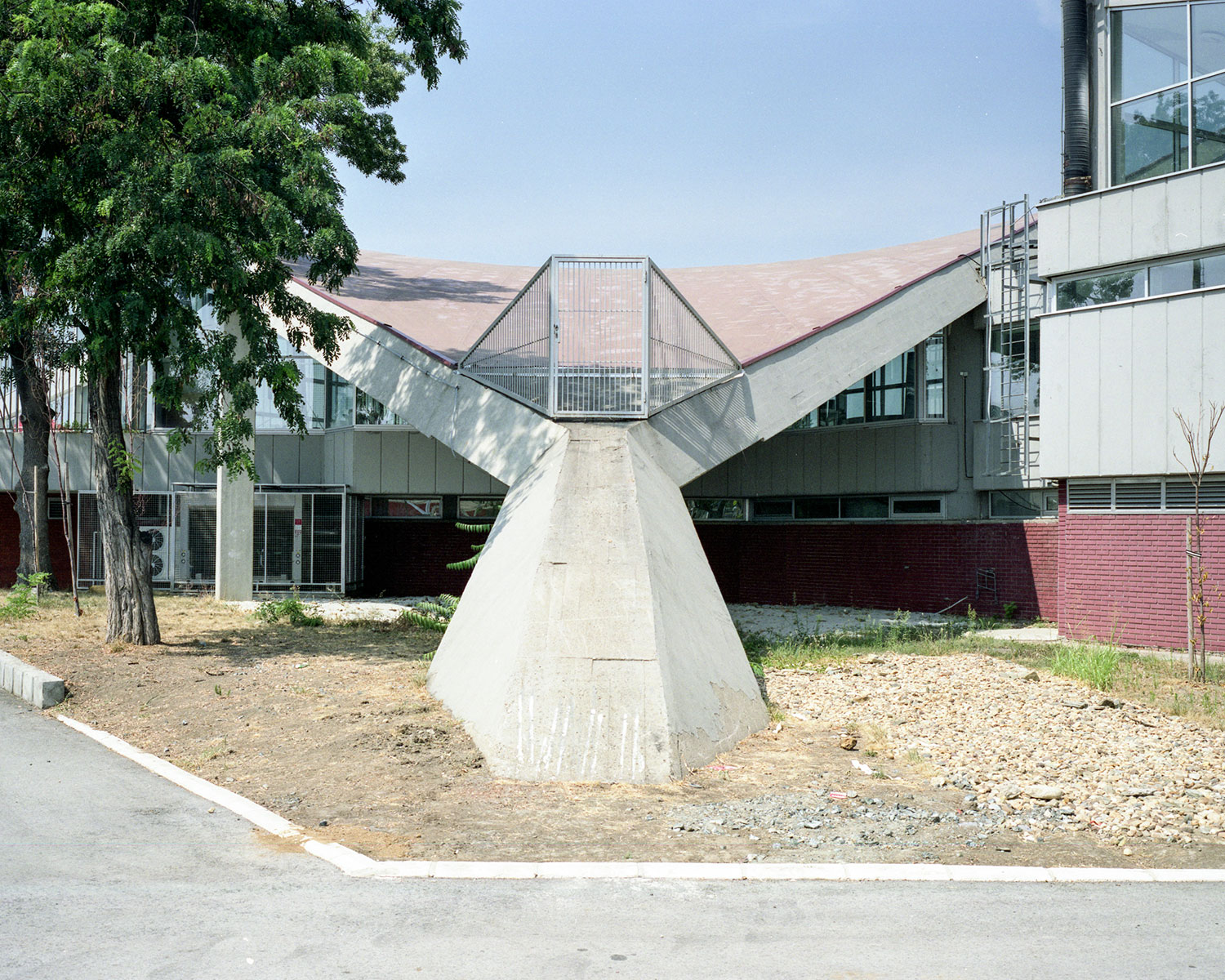Block party: meet the people who live among the brutalist edifices of New Belgrade
Polish photographer Pawel Starzec has been exploring the culture and history of former Yugoslav countries for some time. He has documented the painful traces of the Bosnian war and more recently released Concrete, an extended study of Belgrade’s brutalist buildings. The photos were taken in Belgrade’s well known Novi Beograd (New Belgrade) neighbourhood, but also in locations across the city which are rarely photographed but which shape the landscape of the city.
Pawel Starzec spoke to The Calvert Journal about his journey to discover Belgrade’s past and present in concrete.
With most of my work I focus on picturing bigger processes and things through smaller manifestations. Concrete is an example of this. As a second Yugoslavia emerged after the Second World War, a new cultural environment had to be created from scratch to provide an umbrella for the country’s different ethnicities, which were mostly conflicted. Taking art and architecture as instruments of this new order, the Yugoslav state had a clear shot to do pretty much anything and reorganise culture in any manner. So, they decided to build huge abstract monuments, or build New Belgrade on the other bank of the river. It was designed as a manifestation of the regime’s power, both intellectual and symbolic. The fact that Yugoslavian mass architecture differs a lot from other communist states from that era is also interesting — it was free of Stalinist influence.
In the summer, the recreation areas are full of people. They have a Blade Runner feeling to them, but that’s mostly because of the architecture, not the inhabitants
Most of those structures resemble the council tenancy buildings built all around the Europe around that time, albeit overdriven versions of them. Due to that overdrive, some parts of Belgrade brutalism seem odd — for example, in one building none of the elevators are capable of going straight from the ground to top floor, so there is a changing point in the middle of the block. But still, people live there. In the summer, the recreation areas are full of people. They have a Blade Runner feeling to them, but that’s mostly because of the architecture, not the inhabitants.
Even when you’re talking about a 30-floor concrete monster next to the highway, it is still full of flats that somebody calls their home.
The influence of collapsed ideology on these buildings is a complex subject. In The Edifice Complex, Dejan Sudjic sets out how the rich and powerful shape the world through the manifestations of their power in architecture and urbanism. So, keeping in mind that most of the structures were designed as a manifestations of some idea, I strongly believe that this idea was a humane one. The whole project gave comfortable housing to a lot of people in need. Even when you’re talking about a 30-floor concrete monster next to the highway, it is still full of flats that somebody calls their home. Even more than 25 years after the downfall of communism, places like New Belgrade provide this housing, as they were designed to. Calling them ghettoes due to their neglect — often caused by popular opinion stating that those places are worthless — is not only misleading, but hostile. A ghetto takes shape not due to architecture but through sociological processes, and stratification.
There’s a portrait of a woman in the project — I was randomly going around the top floor corridor of a building, trying to take a picture through the window. She opened the door and I was ready for her to tell me off for being there. But instead she invited me inside and gave me something to drink. This pretty much sums it up. I guess, there’s a label for all these places, but I would say it’s misleading.
Interview: Anastasiia Fedorova
Image: Pawel Starzec
